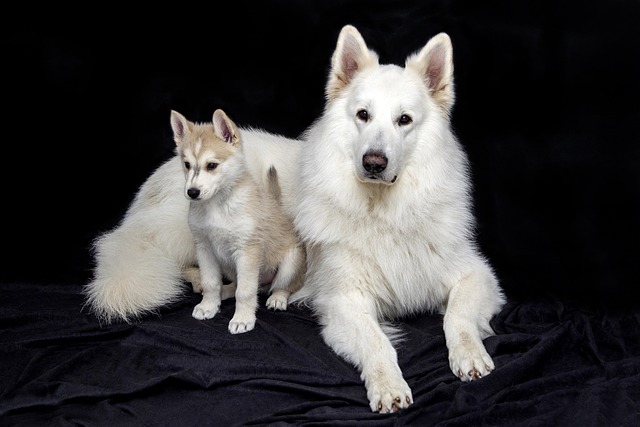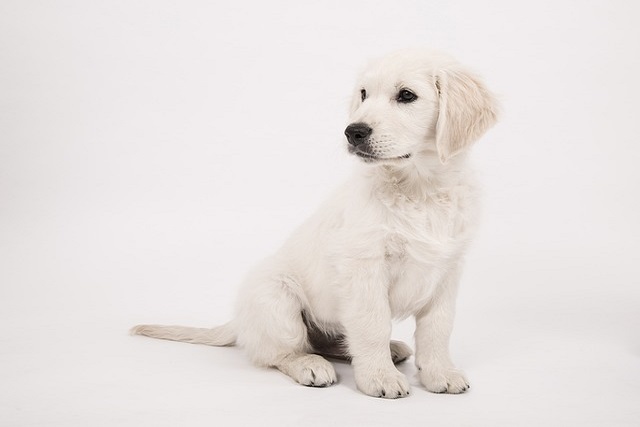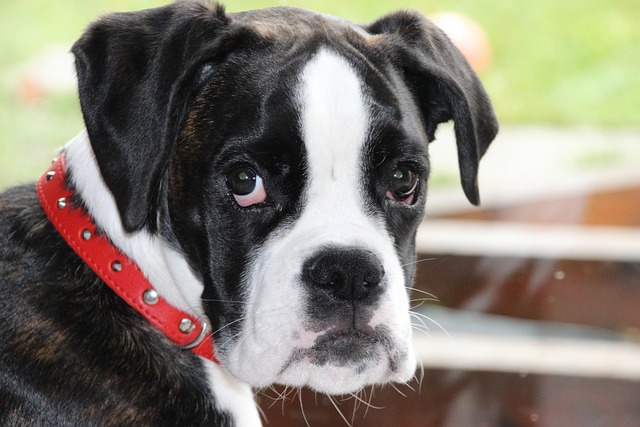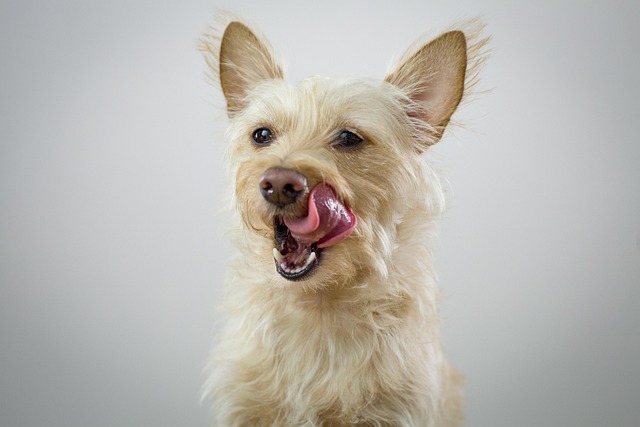We always feel extremely happy when we see our dogs jumping around and full of energy. However, when they suddenly become abnormal and are no longer as agile as before, our hearts will be filled with worries. Muscle strains are not uncommon in dogs' daily lives. Whether it is excessive stretching during strenuous exercise or accidental collisions, their delicate muscles may be injured. But dogs cannot express pain in words, which requires us to use keen observation and full of love to capture those subtle abnormal signals, discover their pain in time, and give the warmest care and help.
After a dog's muscle is strained, the most intuitive manifestation is often reflected in its actions. It may suddenly develop lameness from a brisk pace and free running. This lameness is different from lameness caused by fractures or joint problems. Dogs with muscle strains usually do not dare to touch the ground at all, but try to avoid using the injured limb when walking, showing a cautious posture, as if trying to protect the injured part. Sometimes, dogs may suddenly stop after exercise and are unwilling to continue running or playing. Even if you hold its favorite toy to tease it, it will only wag its tail reluctantly, with a hint of helplessness and pain in its eyes.
Observing the changes in the dog's daily behavior is also an important clue to determine muscle strain. After the injury, the dog may become quieter than usual, no longer actively seeking interaction as usual, and may even hide in a corner alone. Because the pain in the muscles makes it unwilling to move at will, every movement may bring a tingling sensation. Some dogs may also have a decreased appetite, and the pain affects their mood, which leads to a loss of interest in food. When you try to touch its body, especially near the injured muscle, the dog may show obvious resistance, whimper or suddenly avoid it. This is a distress signal for you to send you "It hurts here, don't touch it".
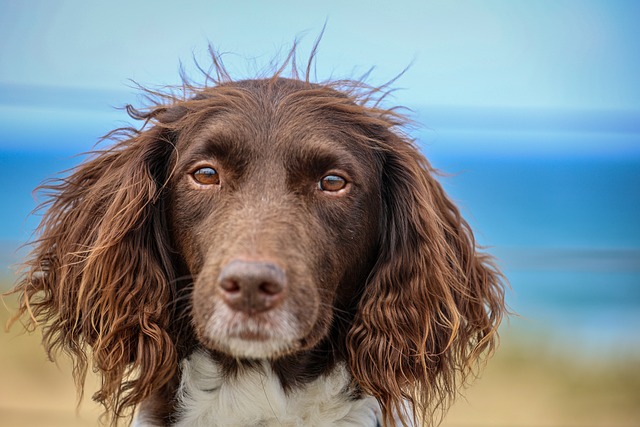
The appearance of the injured part will also reveal a lot of key information. Although muscle strain does not cause obvious limb deformation like fractures, the injured muscle area may swell and the skin surface temperature will be slightly higher than other parts. When touched gently, dogs will instinctively shrink their bodies because of pain, and the texture of their muscles will become stiff, losing their original softness and elasticity. If you observe carefully, you may also find that dogs frequently lick the injured parts, which is an instinctive behavior for them to relieve pain, just like we will subconsciously rub the wound when we are injured.
In addition to the obvious symptoms mentioned above, there are some less noticeable signs that deserve our attention. Muscle strain may affect the quality of sleep of dogs. They will find it difficult to find a comfortable position to sleep because of pain, change their positions frequently, and even wake up suddenly in their sleep. Some dogs will show extra effort when going up and down stairs, jumping, and other actions that require force, and they will complete the actions carefully for fear of aggravating the pain. These subtle changes are silently telling of their physical discomfort, waiting for their owners to discover.
It should be noted that dogs have a strong ability to tolerate pain. Some minor muscle strains may be concealed by them so that their owners will not notice them. But as owners, we cannot ignore these potential problems. Once you find any abnormal behavior in your dog, you should be alert and conduct further examination and judgment in time. If you are not sure whether your dog has a muscle strain, it is best to take it to a pet hospital as soon as possible and let a professional veterinarian make an accurate diagnosis through detailed physical examination, imaging examination and other means.
While waiting for diagnosis and treatment, all we can do is give the dog more love and care. Prepare a warm and comfortable resting environment for it, reduce its activity, and avoid further injury to the injured muscles. Soothe it softly, convey your care with gentle touch, and let it know that even if it is unwell, you are still there to protect it. Every careful observation and every gentle care are our deep love for the dogs. We only hope that they can get rid of the pain as soon as possible, regain their former vitality, and continue to accompany us through every happy day.
